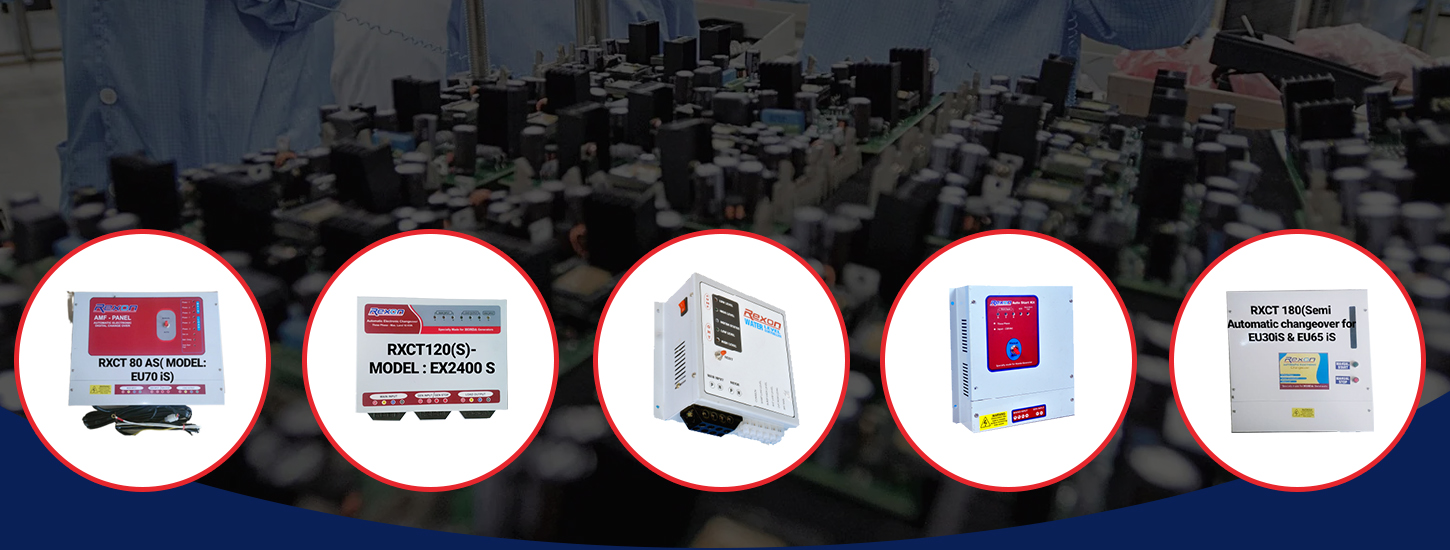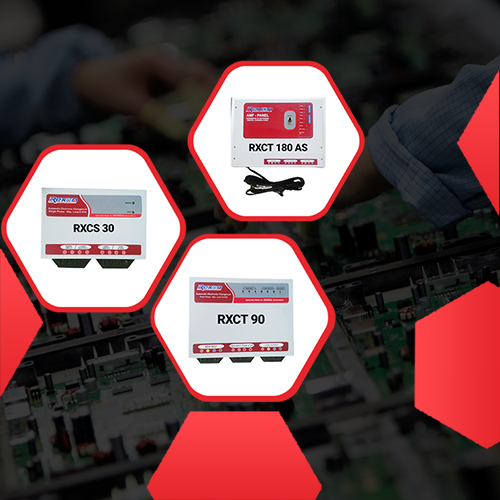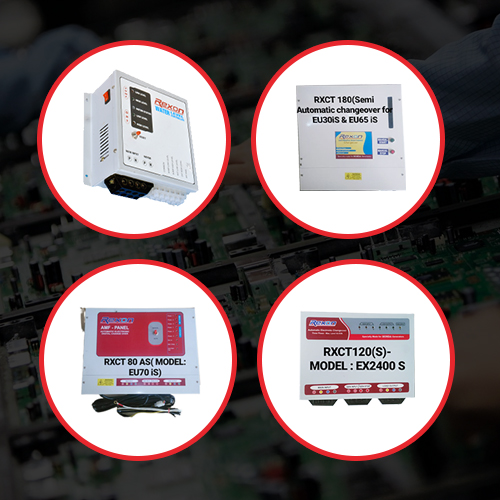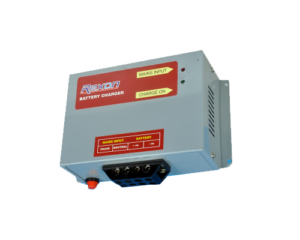We are trusted by more than 100 clients Because of Some Reasons
When selecting the best automatic phase changeover switch for your specific needs, consider the following factors:
Capacity: Ensure that the switch can handle the load you plan to connect to it. The capacity of the switch (in terms of amperage) should match or exceed the maximum load you intend to connect.
Number of Poles: Determine whether you need a single-phase or three-phase automatic changeover switch based on your electrical system’s configuration.
Reliability: Look for switches from reputable manufacturers with a track record of reliability and quality.
Ease of Installation and Use: Consider the ease of installation and the user-friendliness of the switch. Clear and intuitive controls and interfaces can make setup and operation smoother.
Advanced Features: Depending on your application, you may need advanced features such as remote monitoring, load management, and customization of switching sequences.
It’s a good practice to consult with a qualified electrician or electrical engineer when selecting and installing an automatic phase changeover switch, as they can help ensure that the chosen switch is appropriate for your specific electrical system and needs.
AUTOMATIC PHASE SEQUENCE CORRECTOR
These offered products are widely appreciated by the patrons to cater to the varied requirements of different sectors and industries in an affluent manner. In addition to this, we evaluate these products as per well defined industry parameters at our manufacturing unit to ensure its flawlessness before dispatch to the patrons end.
We are engaged in manufacturing and supplying a durable range of Automatic Phase Changers. Offered range of changers are highly reputed products and are regarded for their attributes like superior quality and optimum performance. These changers work during cuts-offs, low voltage line in milliseconds and changes it to the other posed line. This range is installed at residences, small offices and other locations where single phase equipment is used. Moreover, patrons can avail this range in two models of auto switch-off and phase changer with distribution board. We are looking for inquiries from South India region including Villivakkam.
The Process Of Automatic Phase Changeover
The process of automatic phase changeover, also known as automatic transfer switching (ATS), involves switching between different power sources to ensure a continuous and reliable power supply in the event of a power outage or other electrical issues. Here’s a general overview of the process:
Power Sources:
ATS systems typically involve two power sources: the primary power source (e.g., utility grid) and the backup power source (e.g., generator or an alternate grid feed). These sources are connected to the ATS switchgear.
Monitoring and Sensing:
The ATS system continuously monitors the primary power source. It senses voltage, frequency, and other electrical parameters to determine its quality and reliability.
When the primary power source experiences an issue such as a voltage drop, frequency deviation, or a complete outage, the ATS system detects this change.
Transfer Decision:
The ATS controller processes the data from its sensors and determines whether it is necessary to switch to the backup power source.
The decision to transfer power is often based on preset criteria, including voltage thresholds, frequency limits, and time delays to account for temporary fluctuations.
Transfer Mechanism:
If the ATS system decides to transfer to the backup power source, it activates the transfer mechanism, which can involve relays, switches, or contactors. These mechanisms physically disconnect the primary power source and connect the backup power source to the load.
Switching Sequences:
The switching sequence can vary depending on the specific ATS system and its configuration. Common switching sequences include:
Open Transition: In this mode, the ATS opens the connection to the primary source and then closes the connection to the backup source. There is a brief interruption in power during this transition.
Closed Transition: This mode involves synchronizing the two power sources to ensure a seamless transition with minimal or no interruption in power. It’s common in applications where continuous power is critical.
Soft Loading: Some ATS systems can perform a soft load transfer, gradually shifting the load from one source to another to avoid sudden spikes in power and reduce stress on the backup source.










